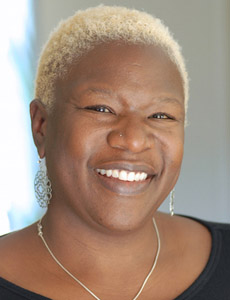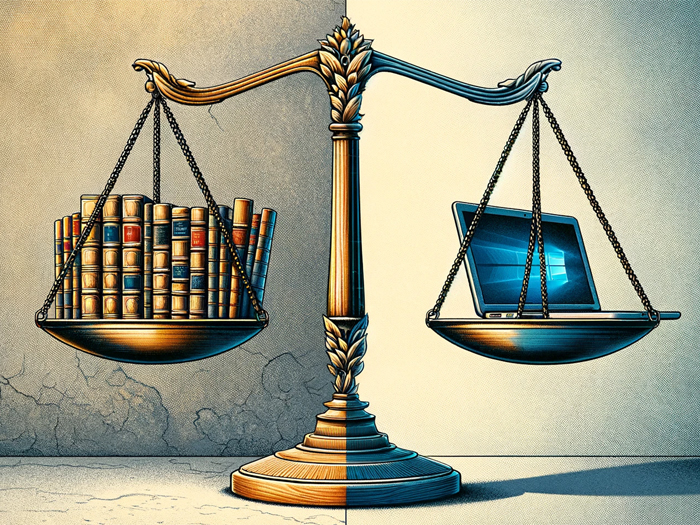The RIR Protocol: A New Tool to Combat Workplace Discrimination

Protests and riots following the death of George Floyd at the hands of Minneapolis police have prompted businesses to reevaluate just how equal their workplaces are, bringing up potentially uncomfortable questions like, “Am I doing enough to bring diversity to this organization? Is this really a place of equal opportunity?”
Keeping racial discrimination out of the workplace isn’t just the morally right thing to do — it’s the legally required thing to do under Title VII. Businesses that don’t actively address inequities could face legal action as well as permanently tarnished reputations.
Many companies have issued statements affirming their denigration of racism and dedication to equality and diversity. But actions speak louder than words, and creating truly equal workplaces will require fighting internalized prejudices held by frontline employees as well as CEOs.
In a July 28th DMEC webinar titled “Combating Unconscious Bias — Strategies for Developing Cultural Awareness,” Dr. Nancy Dome, CEO of Epoch Education, a provider of diversity, equity and inclusion training, prescribed tactics to help every individual confront and banish bias.
What Is Unconscious Bias?
Unconscious bias is any internalized belief that the holder isn’t necessarily aware of. Biases can be totally harmless — something as simple as being drawn to certain colors or flavors — or they can perpetuate stereotypes.
“I catch myself reacting a certain way when I see a young Black man with a hoodie on. Even as a Black woman, I have internalized these feelings, and I have to work to interrupt them. No one is immune,” Dome said.

Dr. Nancy Dome, CEO, Epoch Education
Her strategy to fight the harmful effects of unconscious bias is dubbed the RIR Protocol — Recognize, Interrupt, Repair.
Here’s what each step entails and how employers can apply the protocol to create more inclusive workplaces and reduce their exposure to discrimination claims.
Step 1: Recognize: Identify the feelings evoked by a person’s appearance, words or behavior.
As an example, Dome described a time when one of her students called her a racist.
“My initial response was to be offended,” she said. Acknowledging anger or indignation, though, does not necessitate a response that exhibits those emotions.
Dome encouraged listeners to distinguish between external judgments and internal feelings. When asked what feeling cropped up in response to a series of “micro-aggressions” — innocuous but certainly prejudiced comments that reinforce stereotypes — attendees threw out words like “rude” and “ignorant.”
“I challenge you to look a little deeper and identify the actual feelings at the root of that — things like anger or fear or confusion,” Dome said.
Step 2: Interrupt: Stop the usual cycle of reacting based on “gut” feelings and take a moment to challenge them.
According to Dome, interrupting often involves asking why something has evoked a particular emotion.
In her case, it meant asking her student what the word “racist” meant to him and why he felt she fit the description.
“The first thing you have to do is stop the reaction in the moment, before it has a negative impact. So the first thing I did was laugh. And then I engaged with him. That way, he didn’t feel punished, and it created a space where we could talk,” she said.
Opening a dialogue, she said, had a more positive impact than the alternative of reprimanding or disciplining him would have.
Step 3: Repair: Define action steps to continue addressing unconscious bias in a sustainable way that promotes long-term change.
Dome advised pushing ourselves out of our comfort zone by seeking out new experiences or new sources of information that confront our internalized beliefs.
She broke “repair” techniques down into three categories — observe, engage and study.
Observing could entail attending events, listening to music or watching films of another culture; engaging involves actually meeting and having open discussions with others about misconceptions; studying could mean researching the history of another culture on your own.
The Takeaway for Employers
Organizations can’t get inside their employees’ heads or change their thought processes, but they can develop events, initiatives and committees that drive inclusivity — i.e. creating opportunities to observe and engage.
Senior leaders can also model respectful behavior to set a culture of open-mindedness from the top down.
The RIR protocol can also be deployed in strategic decision-making, including selecting business partners or vendors.
“When I was building the website for Epoch, I had a number of strong proposals [from web designers]. I made my decision by looking at their own brands. If their websites did not show cultural diversity, then it’s clear that they won’t be able to support my vision and goals,” Dome said.
Hiring and promotion procedures also present opportunities for unconscious bias to sneak in and influence decisions.
Training HR staff and senior managers on the RIR protocol may help to parse bias out of the selection process, reducing exposure to claims of discrimination. &










